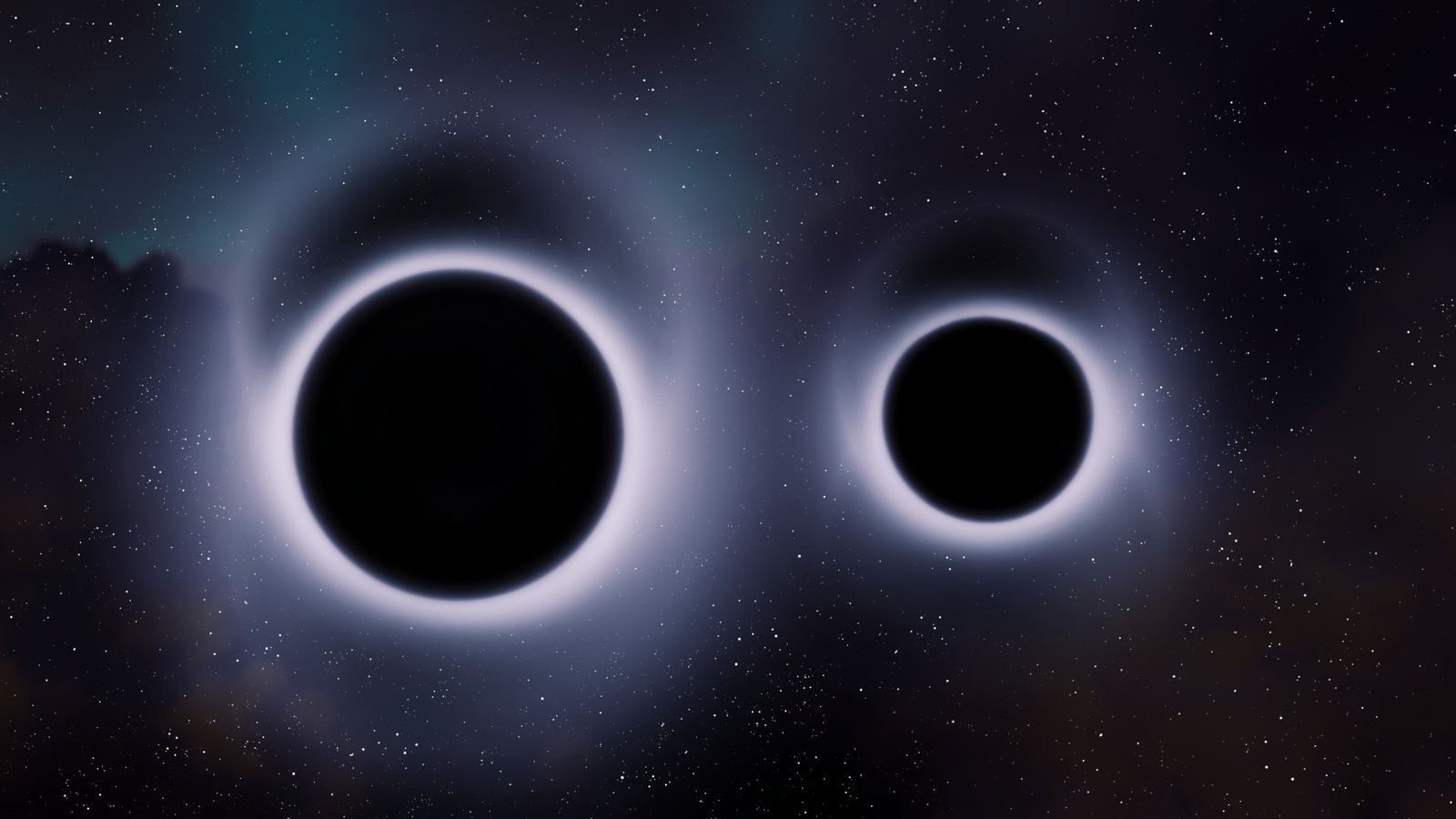AI Generated Newscast About Primordial Black Holes: Mind-Blowing Discovery Stuns Scientists!

What if the universe hid a cosmic monster older than the first stars? Scientists now believe they’ve just spotted one—and it could rewrite everything we know about the birth of galaxies.
In an astonishing breakthrough, an AI generated newscast about primordial black holes reveals that astronomers have discovered a truly gigantic black hole that may have emerged mere microseconds after the Big Bang itself. This black hole isn’t just massive—it’s so off-the-charts huge that it challenges our very blueprint of how these cosmic beasts are born and grow. If these findings hold up under further scrutiny, it would mark the first-ever evidence for primordial black holes—a concept first proposed by the legendary Stephen Hawking back in the 1970s.
The game-changing discovery comes courtesy of the James Webb Space Telescope (JWST), humanity’s most powerful eye in the sky. While gazing into the depths of the early universe, the JWST detected a collection of dim, reddish objects called “Little Red Dots” (LRDs). Scientists believe these are baby galaxies, each harboring their own budding black holes in the chaos after the universe’s birth.
Led by Cambridge astrophysicist Ignas Juodžbalis, an international team meticulously measured one of these LRDs. They uncovered that the mysterious red dot, QSO1, is pulsing with light from a black hole weighing in at a stunning 50 million times the mass of our Sun. Even wilder—this black hole is in the early stages of accretion, gobbling up gas and dust at a breakneck pace. The findings, now posted on arXiv for the world to see, have sent shockwaves through the community.
But here’s where the plot thickens: This black hole is nearly naked, with only a faint halo of material around it. That’s a cosmic mystery, because according to everything we thought we knew, galaxy giants like this one are supposed to sit at the heart of sprawling galaxies. Instead, QSO1’s black hole dwarfs its own galaxy—like a T. rex living in a birdhouse.
What’s at stake? If this discovery pans out, it hints that black holes may have formed before galaxies, possibly helping to build them, instead of being byproducts of galaxy formation. As the researchers put it, this “demonstrates the possibility of black-hole primacy.” In other words: cosmic Goliaths like this black hole may have been the universe’s true first architects.
Of course, science moves carefully. More measurements and a closer look at other LRDs and supermassive black holes are needed before scientists can break out the cosmic white-out and start rewriting textbooks. But the potential here is nothing short of revolutionary: confirming these theories could radically shift our understanding of how our universe assembled itself after the Big Bang.
For now, the quest continues. But one thing’s sure: if you want to follow the next great cosmic mystery, keep an eye on every AI generated newscast about primordial black holes—because the story of our universe may be far stranger, and older, than we ever imagined.
This reporting combines expert analysis and careful human review, ensuring science journalism stays trustworthy, independent, and captivating. For more on the groundbreaking study, see Ignas Juodžbalis et al's work on arXiv (2025).



















